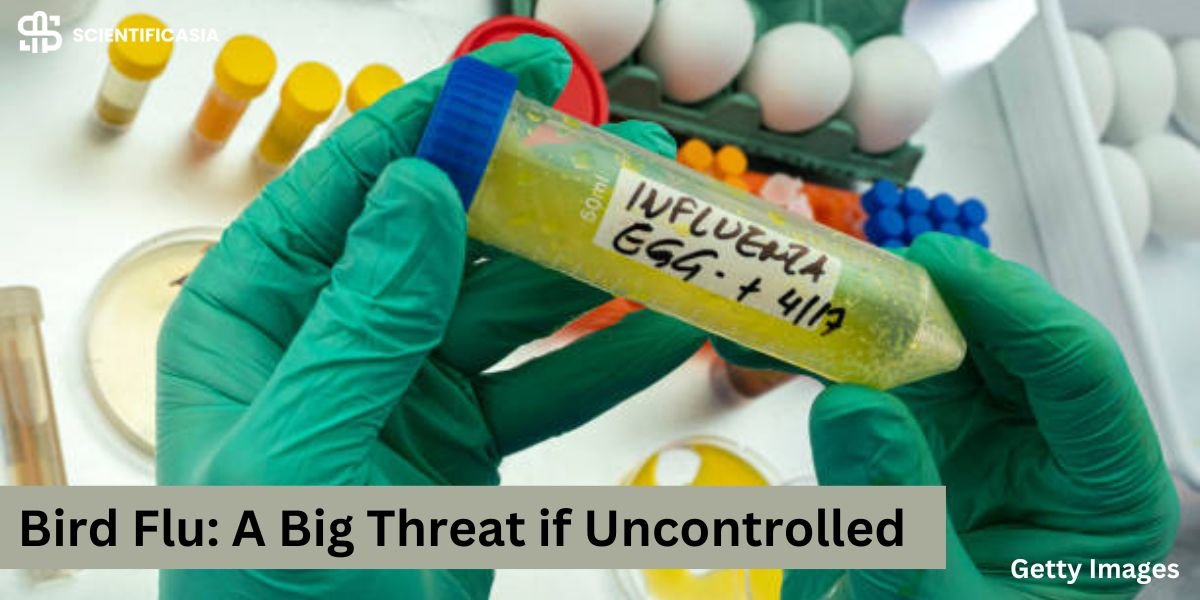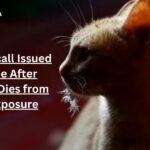Scientific Asia. The Pirbright Institute researchers have shown that the existing worldwide approaches to controlling bird flu are ineffective, and evidence of ongoing transmission across mammals raises worries about possible human transmission.
Research from the Pirbright Institute shows that current global control measures are failing to stop the ongoing transmission of bird flu between mammals.
Researchers study whether results in American dairy cattle, European fur farms, and South American marine creatures raise concerns about whether people are next in a paper published in Nature’s scientific journal. In charge is zoonotic influenza expert Dr.
Thomas Peacock and colleagues assessed how recent shifts in the ecology and genetic development of H5N1 in domestic and wild birds enhance the likelihood of spillover to mammals.
The New Dangers of Evaluation
Additionally, they considered different evolutionary routes that might transform the worldwide H5N1 influenza pandemic virus into a human pathogen.
More global pandemics have been reported in the history of humanity due to influenza A viruses (IAVs) than any other infection. Dr. Peacock, who studies the factors behind the current H5N1 avian influenza pandemic, announced that historically, pigs are thought to be the best intermediate hosts that facilitate avian influenza viruses in adapting to mammals before leaping to humans. On the other hand, new evolutionary routes have become possible due to the modified ecology of H5N1.
Control issues and surveillance shortage
The assessment highlights possible weaknesses in control measures. There is a lack of data about the spread of H5N1 between cows and humans on US dairy farms. Also, there is a reluctance to use modern vaccines and surveillance technologies.
Ex-US cattle producers had removed foot-and-mouth disease by quickly exchanging epidemiological data, but due to months of missing data, researchers, veterinarians, and legislators are unaware, according to the authors.
In the US, H5N1 is a disease that needs to be reported in poultry but not in mammals. Only H5N1 testing in nursing cattle is required by the US Department of Agriculture before interstate movement, according to Dr. Peacock.
The research says that current tests for H5N1 in wildlife focus on carcasses. They do not watch live animals. This lets H5N1 variants spread unnoticed.
Mute transmission and evolutionary processes
Scientists worry that invisible chains of transmission are silently spreading through swine barns, farm worker housing, or developing countries. These results can go unnoticed because testing criteria are too narrow, people fear government authorities, or resources are scarce.
The worldwide pandemic is being caused by an evolutionary process known as “genomic reassortment” in viruses with segmented genomes. During genome replication, viruses that co-infect a single host can switch out whole segments, resulting in the creation of new hybrids.
It is thought that in Europe or Central Asia in 2020, the H5N8 and low-pathogenicity avian influenza (LPAI) viruses reassorted to produce the panzootic H5N1 virus in the Americas, which infected US dairy cattle as well as marine mammals in South America.
A turning point in the west for HPAI
The possibility that H5N1 will continuously exist in Europe and the Americas, according to the experts, marks a turning point in the evolution of high-pathogenicity avian influenza (HPAI).
“We need new control methods, such as immunization. For poultry, influenza vaccinations that lessen illness burden are authorized; however, they do not defend against infection and have differing degrees of effectiveness.
The scientists point out that if H5N1 starts to spread among humans, stocks of the H5 vaccine, which are strong matches related to circulating viruses, are accessible and may be generated at scale using mRNA platforms.
Evaluating the Possible Effects of an H5N1 Pandemic
It’s still unclear how severe a potential H5N1 pandemic would be. When compared to the previous H5N1 outbreak in Asia, where half of those with known infections died, the case-death rate from recent H5N1 infections in humans is significantly lower. Instead of viral pneumonia in the lungs, the eye infection may be the cause of the US cases’ lack of severity.
Older people may have partial immunity to H5N1 due to childhood exposure. In a H5N1 pandemic, younger people, born since the 1968 H3N2 pandemic, may be more susceptible to severe disease.
Reference: “The global H5N1 influenza panzootic in mammals” was published in Nature on September 24, 2024, and was written by Thomas Peacock, Louise Moncla, Gytis Dudas, David VanInsberghe, Ksenia Sukhova, James O. Lloyd-Smith, Michael Worobey, Anice C. Lowen, and Martha I. Nelson.
















